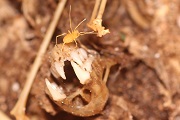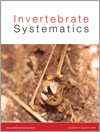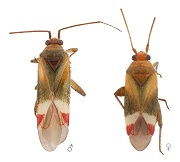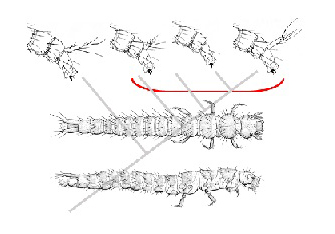IS19002The anatomy of an unstable node: a Levantine relict precipitates phylogenomic dissolution of higher-level relationships of the armoured harvestmen (Arachnida: Opiliones: Laniatores)


A troglomorphic species of the heretofore monotypic genus Haasus Roewer, 1949 is described from the Levant. A 10-locus phylogeny is deployed to establish that the Levantine ‘phalangodid’ endemic Haasus, in fact, belongs to the largely Afrotropical family Pyramidopidae, whereas the Japanese ‘phalangodid’ endemic Proscotolemon is clearly nested within the Southeast Asian family Petrobunidae. Inclusion of Haasus naasane sp. nov. in a 1550-locus phylogenomic matrix destabilises the basal relationships of Grassatores, highlighting that substantial gene tree conflict can be masked by standard nodal-support measures in supermatrix analyses.






